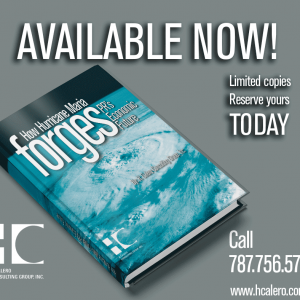
April 2002: The Moving Target, Part I
Last February, Governor Calderón unveiled her Consolidated Budget for Fiscal Year 2003. It calls for significant increases on excise taxes on vehicles, alcoholic beverages, and cigarettes. All these measures will impact economic activity, you and I as taxpayers and consumers. Puerto Rico is not the only jurisdiction fighting budget deficits. According to a March report by the Association of State Budget Officers, 40 of the 50 states are facing shortfalls in their revenues. Thus, healthy fiscal budgets, here or in the states, will lag a year or more behind economic recovery. Find out how the budget is spent, where the money comes from, what are the priorities, and how the problem of debt financing has affected it.







